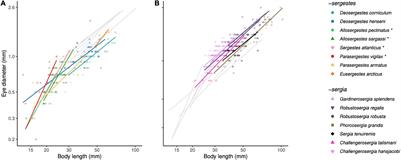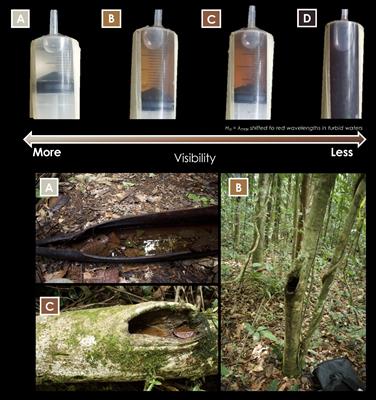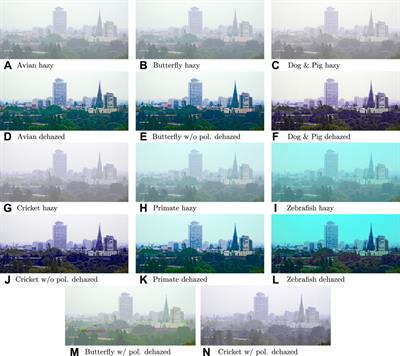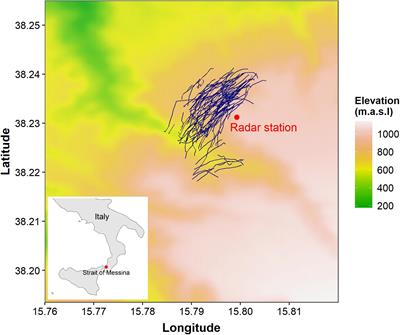ORIGINAL RESEARCH
Published on 24 Mar 2022
Ecological Predictors and Functional Implications of Eye Size in Deep-Sea Shrimps

doi 10.3389/fevo.2022.787315
- 3,389 views
- 10 citations
2,360
Total downloads
18k
Total views and downloads
ORIGINAL RESEARCH
Published on 24 Mar 2022

PERSPECTIVE
Published on 25 Jan 2022

ORIGINAL RESEARCH
Published on 13 Jan 2022

ORIGINAL RESEARCH
Published on 29 Oct 2021

